Marketing ROI, Marketing Attribution, & Marketing Ideas - An Interview With Fabian Eckstrom-French from Bizible
On average firms get 1.5X revenue to marketing spend. this is just one great piece of information shared in this podcast. In this podcast, Fabian Eckstrom-French from Bizible shares that word of mouth, SEO, and email marketing tend to be the most effective marketing methods for businesses. Read this article or listen to the podcast to learn the most effective marketing for five specific industries. In addition, he explains why the best marketing attribution model is often a custom model or full path marketing attribution model.
Profitworks provides marketing services specializing in Search Engine Optimization, which is one of the highest average ROI marketing mediums available to any business. If you're interested in giving your website a boost, click here to get in contact with us today!
Executive Summary
- The average marketing spend return on investment from Bizible's marketing survey was 1.5X revenue times marketing spend
- The top three marketing methods from Bizible's marketing survey are #1 Word of Mouth, #2 Email Marketing, #3 SEO
- Fabian's biggest pieces of advice regarding B2B marketing is to understand what marketing activities are driving sales and to use an account-based marketing approach
- Fabian recommends using a custom attribution model when selecting what type of model to use
Sales & Marketing ROI Podcast: Episode #45
Click the link below to listen to the podcast. It is 36:45 long. Below you can find the exact start time of each part of the discussion.
Listen to this podcast- click here
Subscribe our podcast now - click here
View a full listing of our podcasts - click here
Marketing Return On Investment
Best Overall Marketing Channels For All Businesses = Word Of Mouth
(discussed at 4:15 of recording)
In the podcast we discuss what marketing methods are reported to have the best return on investment, be the most effective and drive the most sales. The top five methods, ranked from starting at number one are...
1. Word Of Mouth
2. Email Marketing
3. SEO
4. Conferences/Trade Shows
5. Outbound Calling
Source Of Data: Marketing attribution model data from over 250 Bizible customers plus 100 additional businesses for a total of over 350 businesses.
Additional Information: http://info.bizible.com/report/state-of-pipeline-marketing-2016?hsCtaTracking=67598210-e008-44c6-9fbb-9ad9dac65309%7C891a0a0a-68b6-4d80-8715-c071a55c502e
Best Overall Marketing Channels By Industry
(discussed at 7:35 of the recording)
In addition to looking at the best overall marketing methods, in the podcast we also discussed what are reported as the single best marketing method by industry. Again when we say best, we mean the marketing method that has the best return on investment, is the most effective and generates the most sales on average for that industry.
Manufacturing Industry's Most Effective Marketing Channel = Email Marketing (see full list here)
Education Industry's Most Effective Marketing Channel = Conferences/Trade Shows (see full list here)
Finance Industry's Most Effective Marketing Channel = SEO (see full list here)
Technology Industry's Most Effective Marketing Channel = Conferences/Trade Shows & Content Marketing (see full list here)
Health Care Industry's Most Effective Marketing Channel = Content Marketing (see full list here)
Source Of Data: Marketing attribution model data from over 250 Bizible customers plus 100 additional businesses for a total of over 350 businesses.
Additional Information: http://www.bizible.com/blog/b2b-industry-analysis-best-marketing-channels
Average Marketing ROI = 1.5 Times Revenue To Marketing Costs
(discussed at 20:08 of the recording)
Fabian says that the median they have found is 1.5X marketing ROI. In other words, most companies experience that every $1.00 they spend on marketing on average generates $1.50 in revenue.
How To Calculate Marketing ROI
(not discussed in the recording)
Marketing spend ROI (return on investment) can be calculated as additional profit generated from the marketing spend divided by the marketing spend amount. The formula to calculate this is the below.
Marketing Spend ROI = (Additional Revenue - Variable Costs Of That Revenue - Marketing Spend)/(Marketing Spend)
Biggest Marketing Learning = Understand What Marketing Channels Are Effective
(discussed at 23:58 of the recording)
If you understand which marketing channels are effective and which are not, you can significantly increase your marketing spend ROI. By knowing what is working and what is not you can cut back or even stop the marketing efforts that are getting low returns and invest that money in the channels that are getting the best returns.
In order to do this, you need to know which channels are driving which revenues. To know that, you need marketing attribution tools and a system that captures this data as part of your sales & marketing process. To learn more, click here.
Here is another report on the most effective channels:

source: https://www.brightlocal.com/2015/01/07/37-smbs-plan-spend-internet-marketing-2015/
Fabians Other Marketing Tip = Account-Based Marketing Their Most Effective Tactic
(discussed at 25:04 of the recording)
He also suggests that they have seen the greatest results from using account-based marketing.
Account-based marketing (ABM), also known as key account marketing, is a strategic approach to business marketing in which an organization considers and communicates with individual prospects or customer accounts as markets. This is instead of doing mass marketing to an entire market or large list of contacts.
The components that they include in their account based strategy are Linkedin messages, sending emails to account contacts, inviting contacts to events, inviting account contacts to webinars, and placing phone calls to account contacts.
Here are some great resources for account based marketing:
Definitive Guide To Account Based Marketing Measurement
Account Based Marketing Orchestration Template
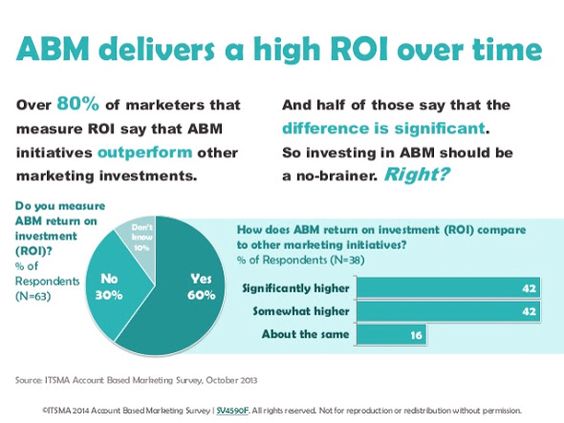
Marketing Attribution Models
What Is An Attribution Model
(not discussed in the recording)
A marketing attribution model is simply how to attribute revenue to the various marketing channels you employ.
The reason you want to attribute revenue to your marketing channels is to determine what kind of a return on investment you are getting from those channels.
If you have data on which revenue and profit are derived from which marketing channels and the cost of those marketing channels it becomes very easy to calculate how much revenue or profit you generate for each dollar you spend on that marketing channel.
There are a number of different marketing channels used by businesses.
Chances are you already use a marketing attribution model even if you don't know what they are. Most likely you are using either a first touch, lead created or last touch model. Below we outline all of the different models and what the recommended model is.
In the podcast Fabian also goes into more detail explaining the pros and cons of each marketing promotion attribution model.
To learn more about attribution marketing, read this 101 marketing attribution download.
Recommended Attribution Model
(discussed at 20:08 of the recording)
The custom attribution model that is usually the best but it is also the most sophisticated. He also suggested that a good second choice is the full path marketing attribution model as it will help you understand what channels are working best at the top of your sales funnel as well as the bottom of the sales funnel.
Fabian stresses though that it really varies company by company and it is best to review which attribution model is best for your business instead of just choosing a custom model or a full path model.
The best way to decide what attribution model to use is to consult with your marketing analytics provider, your marketing agency, or someone else who has experience with marketing attribution model selection.
Summary Of Marketing Attribution Models
First Touch Marketing Attribution Model
The first touch attribution model gives 100% of the credit to the first marketing contact with the prospect.
Because it gives all the credit on the basis of a single touchpoint, it will naturally overemphasize a single part of the funnel. In this case, the first touch model overemphasizes the top-of-the-funnel marketing channels that drive awareness.
Where first touch attribution makes sense is with businesses where the top of the sales funnel is super important
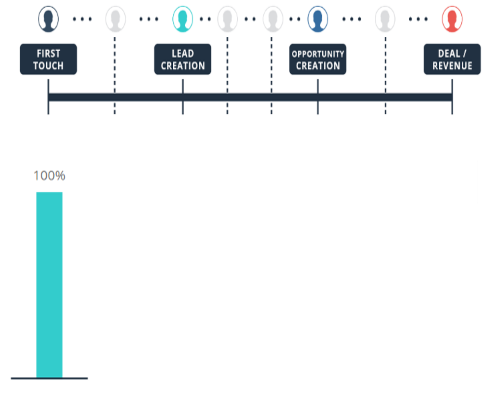
Lead Created Marketing Attribution Model
The lead created model can often be confused with the first touch model. That’s because in a marketing analytics system built around lead generation, like a marketing automation platform, the website session where the lead was created is the first session where data is tracked and measured. In systems like this, if the true first touch was anonymous (read: the visitor didn’t fill out a lead form), it’s like it didn’t exist.
The benefit of the lead created model is that it helps you understand what marketing channels drive lead conversions. This is important, but it’s also just a small part of the total customer journey.
In a long B2B customer journey, there is a lot more to marketing than just the lead creation and giving 100% of the total credit to just the lead conversion oversimplifies marketing’s role in the customer journey.
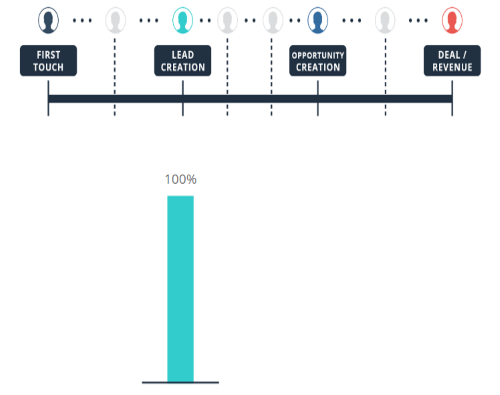
Last Touch Marketing Attribution Model
In the last touch attribution model, the last touchpoint would receive 100% of the credit for the sale.
For example, let us say a prospect first went to the company website, then watched a youtube video and then finally booked a proposal call and bought after receiving a direct mail piece. In this example, the direct mail channel would receive 100% of the attribution.
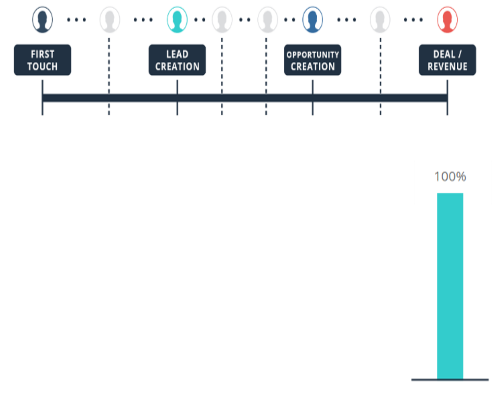
U-Shaped
40% of the credit is applied to both the first touch and the last touch with the remaining 20% being applied evenly to all other touches.
This is best used when your goal is to drive awareness and also action, such as in companies with longer sales and marketing cycles.
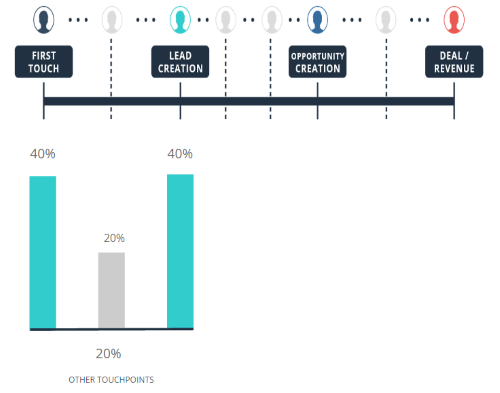
W-Shaped
Unlike first touch attribution, lead creation, last-click attribution, or even U-shaped attribution, W-shaped attribution accounts for the importance of marketing activities that take place after a lead is created, such as lead nurturing.
W-shaped attribution is the marketing revenue attribution model where 30% of the credit goes to the first click, 30% goes to the click that created the lead conversion, and 30% goes to the click that created the opportunity. The remaining 10% is applied to all other touches.
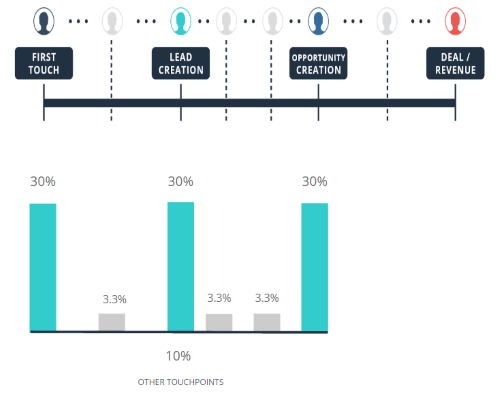
Full Path
Full path attribution is the next iteration of multi-touch attribution. It extends the W-shaped attribution model to account for more bottom-of-funnel marketing programs such as
- Sales collateral
- Content downloads
- Outbound calls
- In-person demos
Across these four key funnel stages, 22.5% of the credit is distributed across the main conversion touchpoints, and the remaining 10% is evenly distributed across the touchpoints in between.
This model is of particular interest for account-based marketers who want to see marketing activity down the entire funnel.
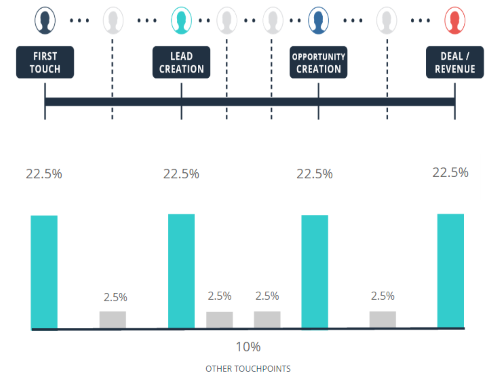
Time Decay
Most of the credit is applied to the touches that most recently drove the desired action. This is typically used when you want ongoing contact, but are looking for a final action, such as a sale, such as for companies with a VERY short sales cycle, like e-commerce where there is an immediate revenue-generating call to action.
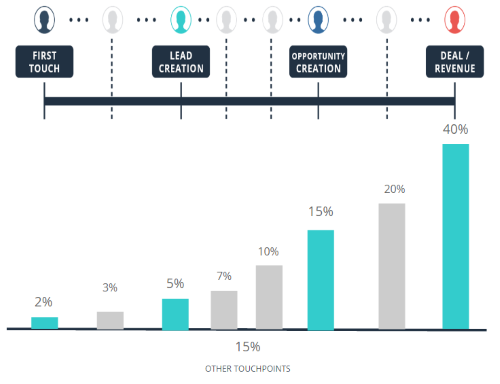
Custom Algorithm
This model uses custom weighting for the different touches as set by your organization. This could be based on cost or effort, time, or a host of other factors, such as position (weight the first and last touch higher). Custom algorithms are only best if you know exactly how to want to attribute your marketing efforts or if you get the assistance of an expert like the staff at Bizible.
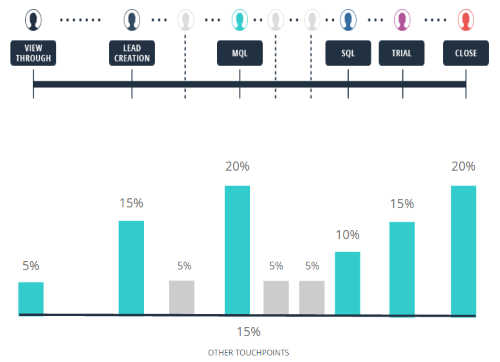
For more on Bizible Marketing Attribution Models go to http://www.bizible.com/blog/marketing-attribution-models-complete-list
Why Marketing Attribution Is Important
Marketing attribution is important so that you can track the impact of your marketing efforts and not just track the activities of your marketing efforts. Marketing attribution is important so that you can match your marketing efforts to revenue generated. Watch the video below to learn more.
About Bizible
Bizible is a marketing attribution solution that automatically tracks the revenue and ROI of your marketing. To learn more, go to http://www.bizible.com/
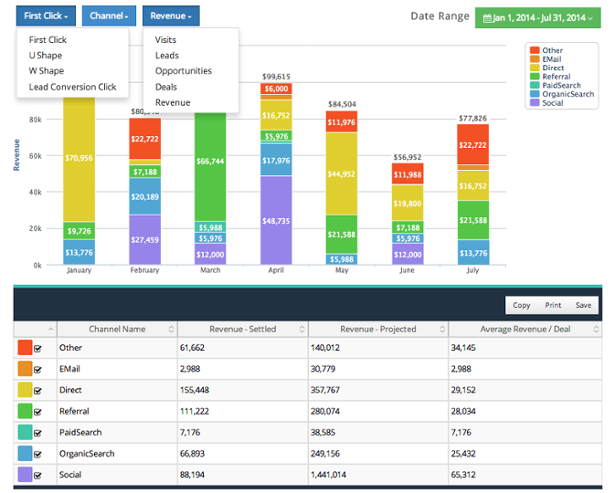
About Fabian Eckstrom-French
Fabian is the Head of Agency Partnerships at Bizible. He is based out of the home of the Seahawks, the beautiful and rainy city of Seattle, WS, in the United States of America. To learn more about Fabian go to https://www.linkedin.com/in/fabianeckstromfrench

Become The Leader In Your Market
Free Report - The 7 Key SEO Tasks You Must Do To Increase Website Traffic
Do you feel you should have more traffic to your website but you don't? Download our free report to learn 7 tasks you must do to increase traffic to your website - all of the tasks are things anyone can do. The report outlines the 7 tasks in easy to understand language. The report includes the 7 tasks, an explanation of why SEO is important, what affects SEO rankings, an explanation of the difference between SEO and paid search engine advertising, and why SEO is better than paid search engine advertising. To learn more about SEO in general, read our SEO 101 article.
"Our overall sales to new customers has improved as a result of detailed analysis, proposed solutions and successful execution." - Tom - Profitworks Customer
Profitworks Small Business Services provides marketing services specializing in SEO and website conversion optimization services. Our services increase the number of sales generated from a website. The focus of our services is on increasing sales and providing a positive return on investment. To learn more about Profitworks, click here.
Other Articles You Might Be Interested In
 |  |  | 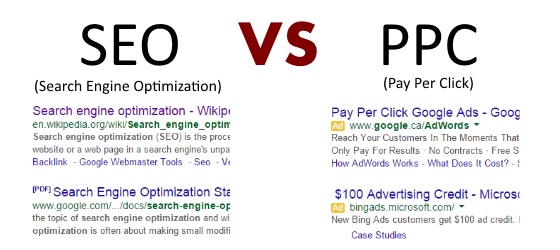 |
|---|
